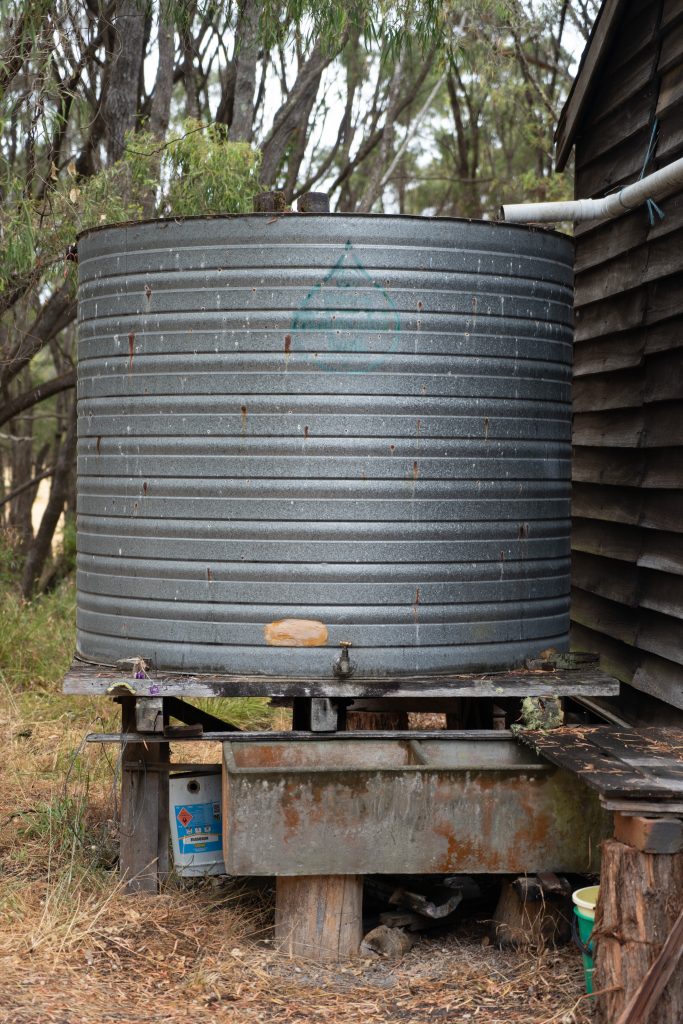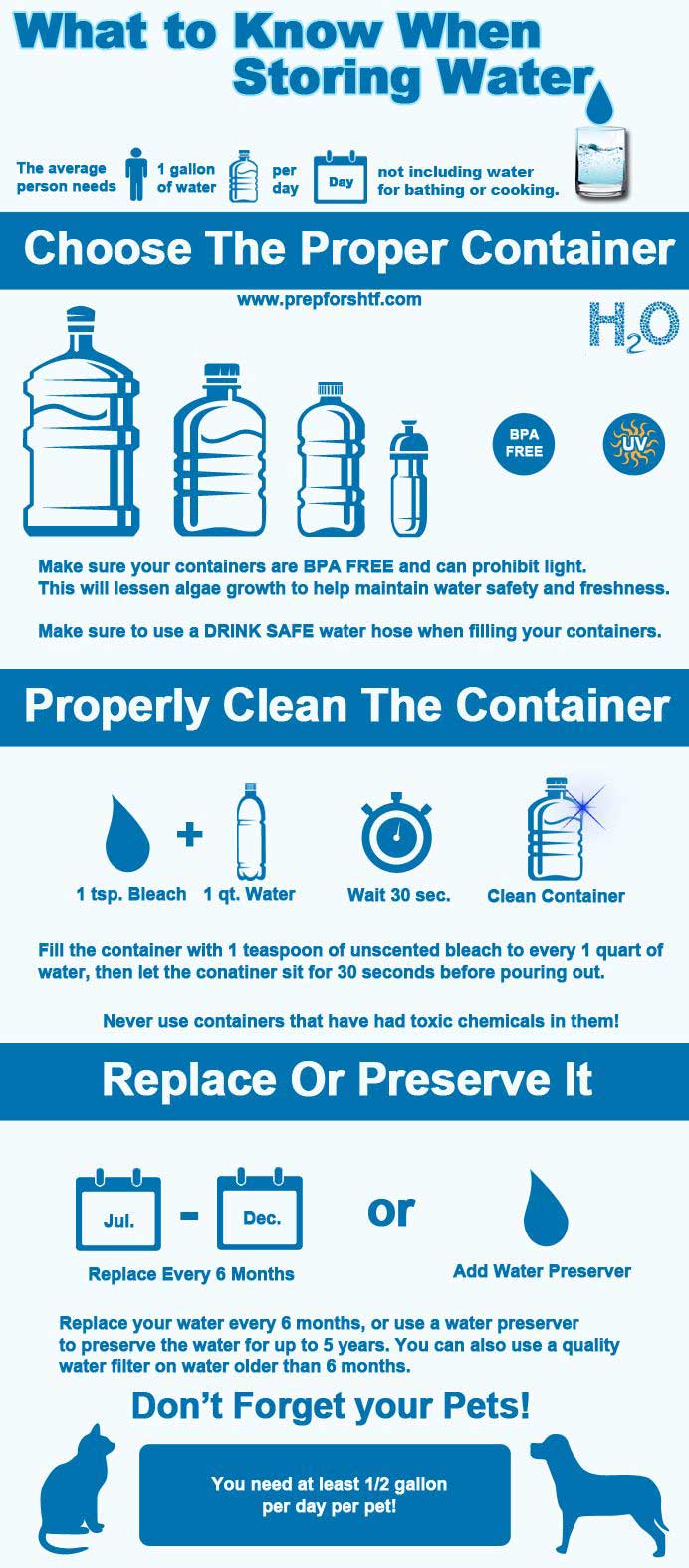To say that water is a precious natural resource in this world is an understatement. There have been many stories told about how people have survived on water alone in the most dire circumstances. Water sustains life, not just human life but all life on earth. However, there is a growing worldwide concern on the limited supply of water that we use.

People living in Australia, considered as one of the ‘driest continents in the world’, have learned to harvest rainwater to supply their household needs using it for just about everything from drinking, to cooking, to bathing, doing laundry, irrigating the fields and whatever else that might normally be done with water.rain water
Rainwater harvesting is the accumulation, collection and distribution of rainwater for use in the household and, in some cases, in the work place. If done properly rainwater makes for a safe and sustainable supply of water, not to mention it being very economical as it can effectively eliminate paying monthly water bills. It also makes you self-reliant when it comes to water supply because people who harvest rainwater are not dependent on the water companies especially during the times when it has to be rationed due to lack of supply common during the summer. Having your own rainwater harvesting system would ensure you a steady supply of water all year round.
Not only is rainwater free, but with its natural quality most also believe it is safer than those supplied by some water companies which often collect water from dams which is chemically treated to make it potable. With rainwater being chemical-free, it makes for a healthier option.

Aside from its economic benefits, investing in rainwater harvesting can also be socially and environmentally beneficial. As noted earlier, having your own rainwater harvesting system makes you self-reliant by allowing you to supply your own water needs, meaning you would become one less person who will be dependent on the government and water companies for water supply. There would then be no need to build more dams and to install more pipes, the cost of which will eventually find its way to your taxes. Rainwater harvesting also lessens the accumulation of water in creeks and other water habitats especially during a storm, which is one of the many factors that contribute to damaging these natural water habitats.
Essential to rainwater harvesting then is the installation of a good system wherein the rainwater is accumulated on the roof and channeled towards a tank for storage. There are many tanks to choose from but a good one should be able to save you money, easy to install, effectively store water without making your home look incongruous and cost less in maintenance.






